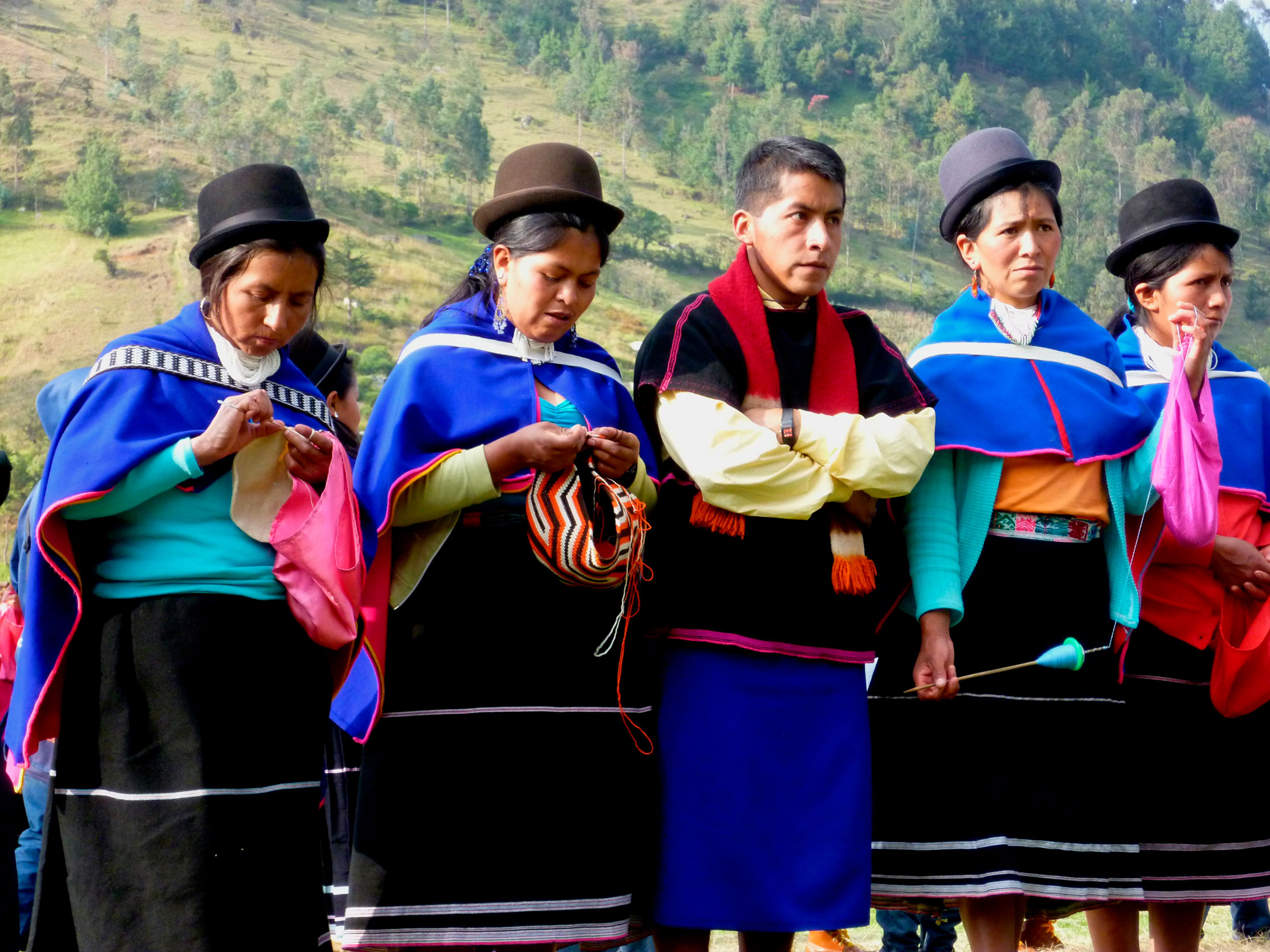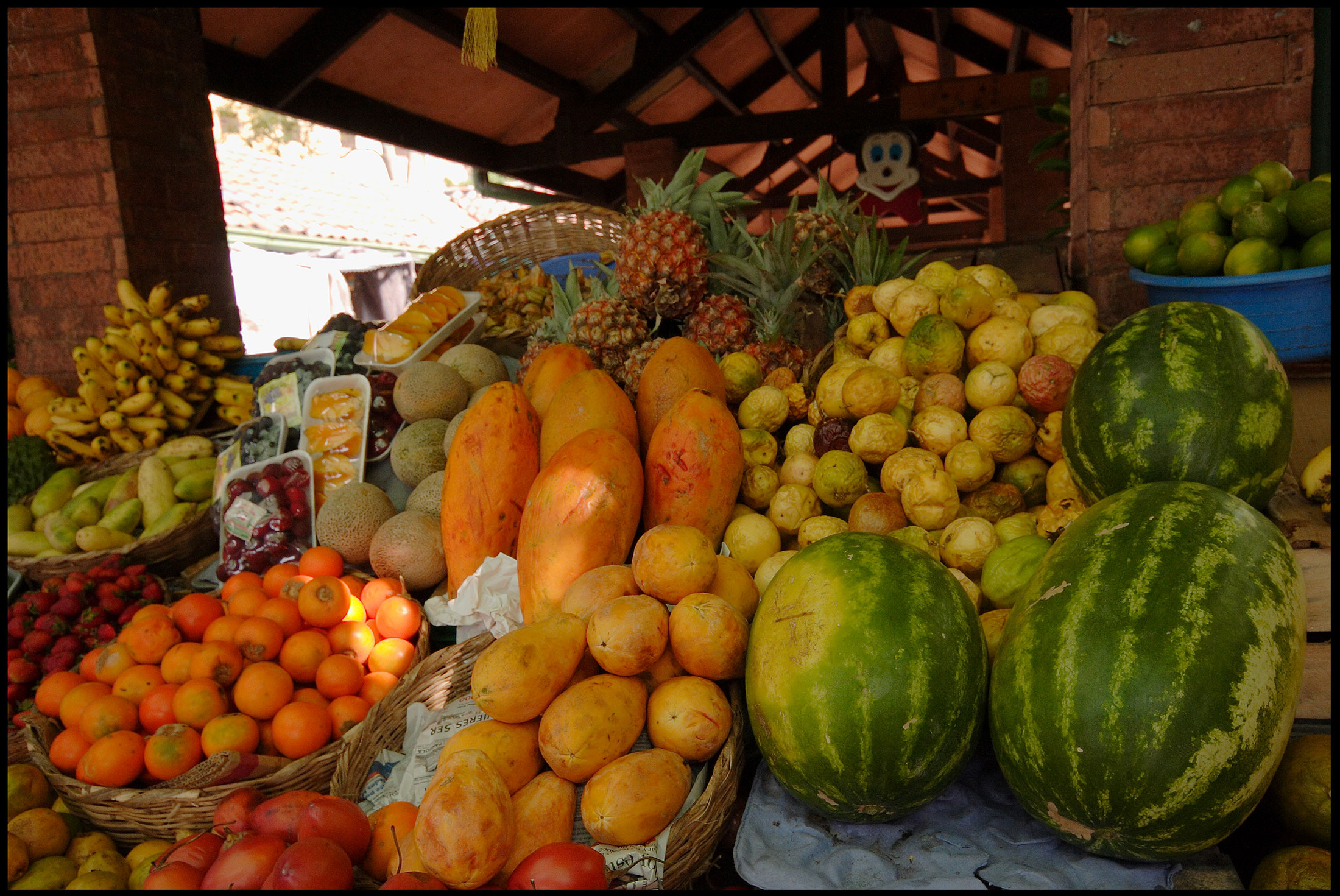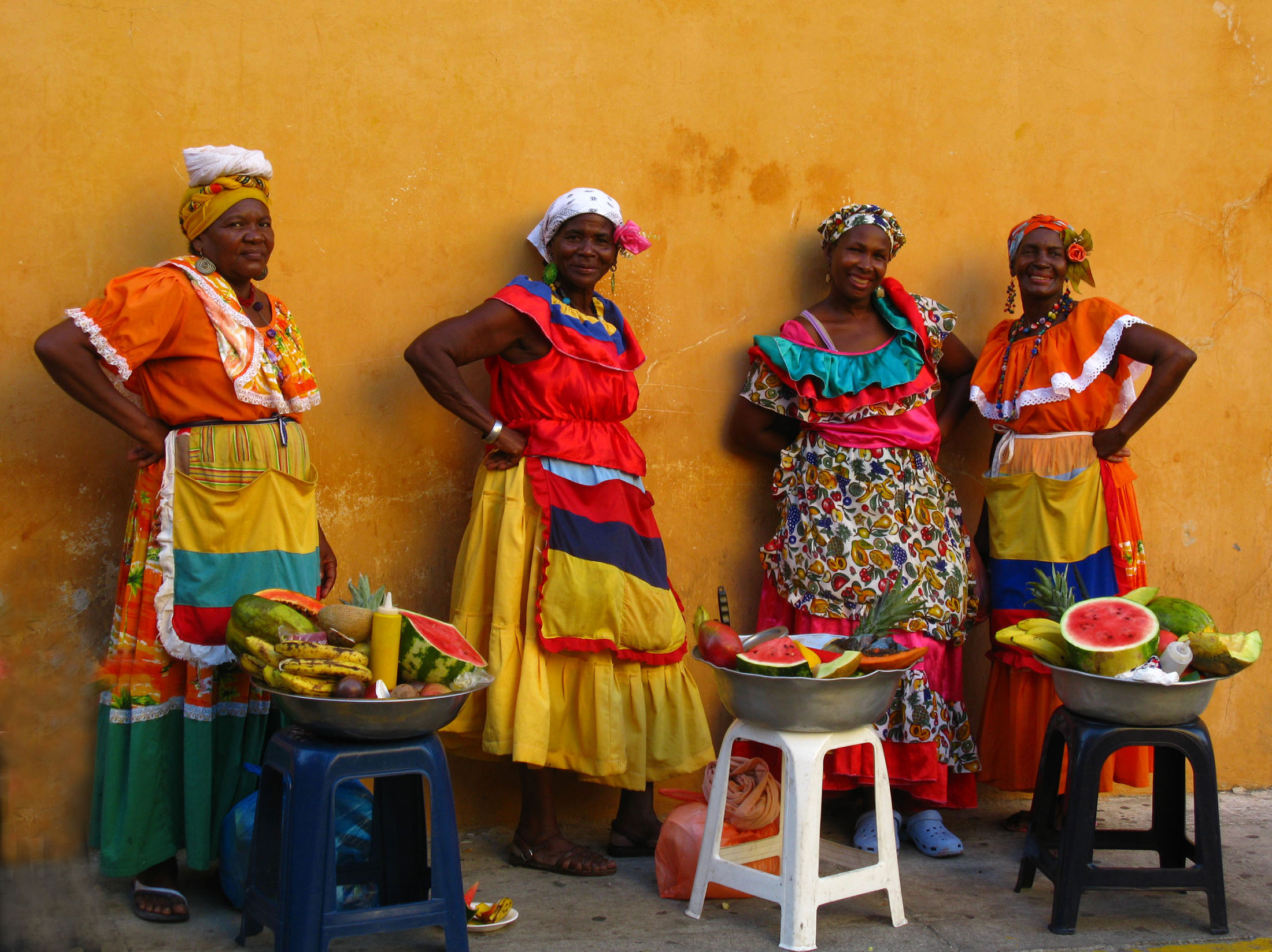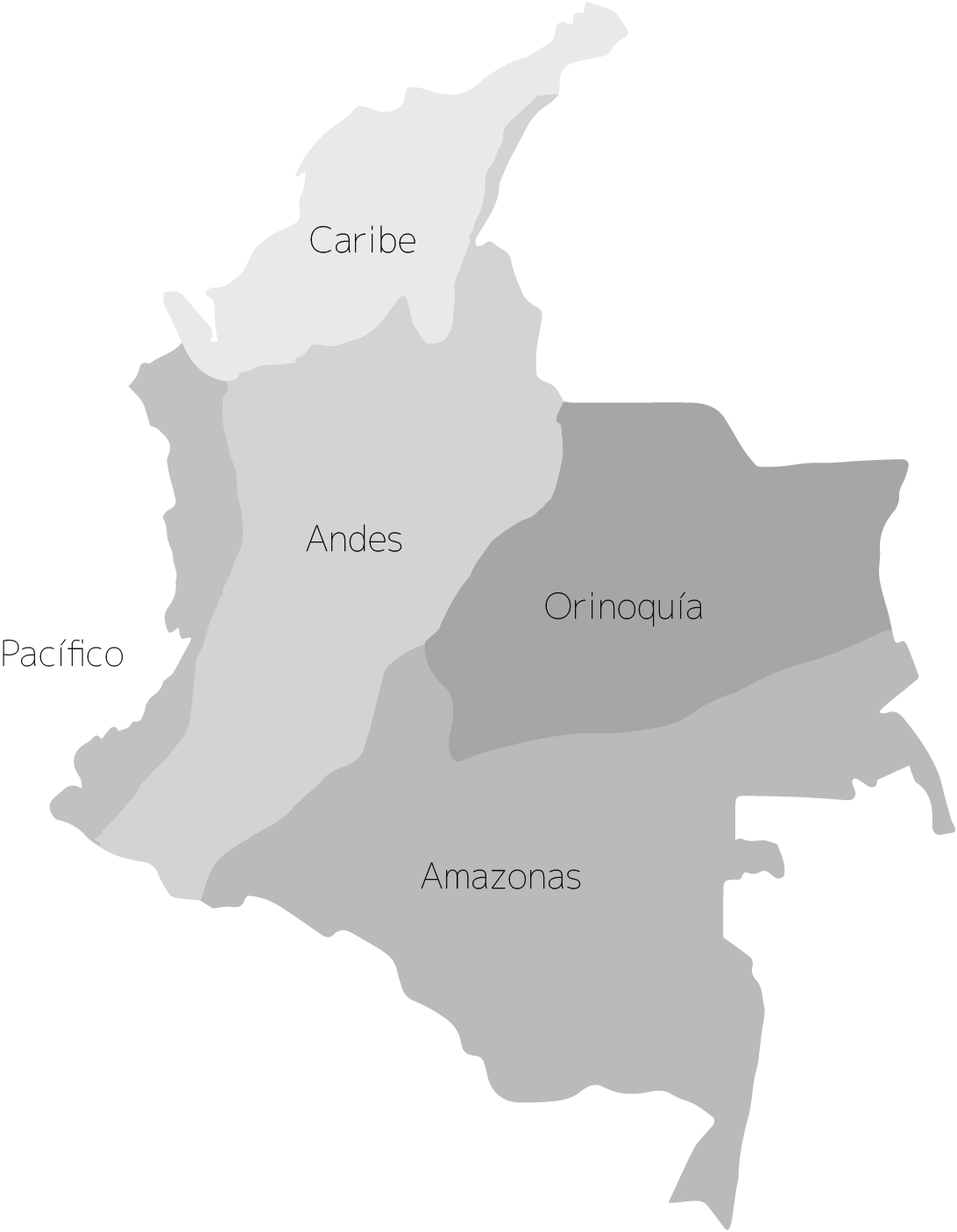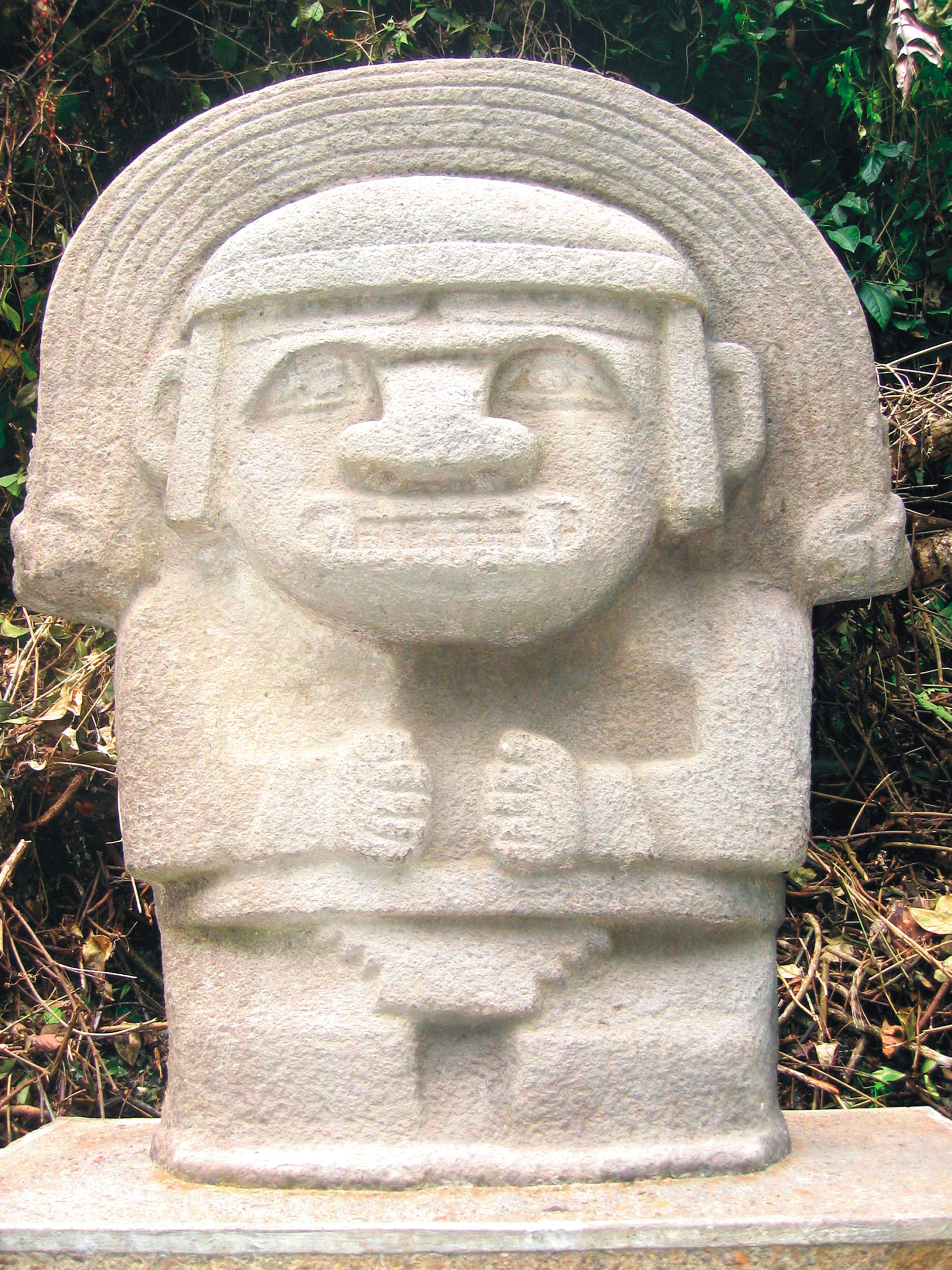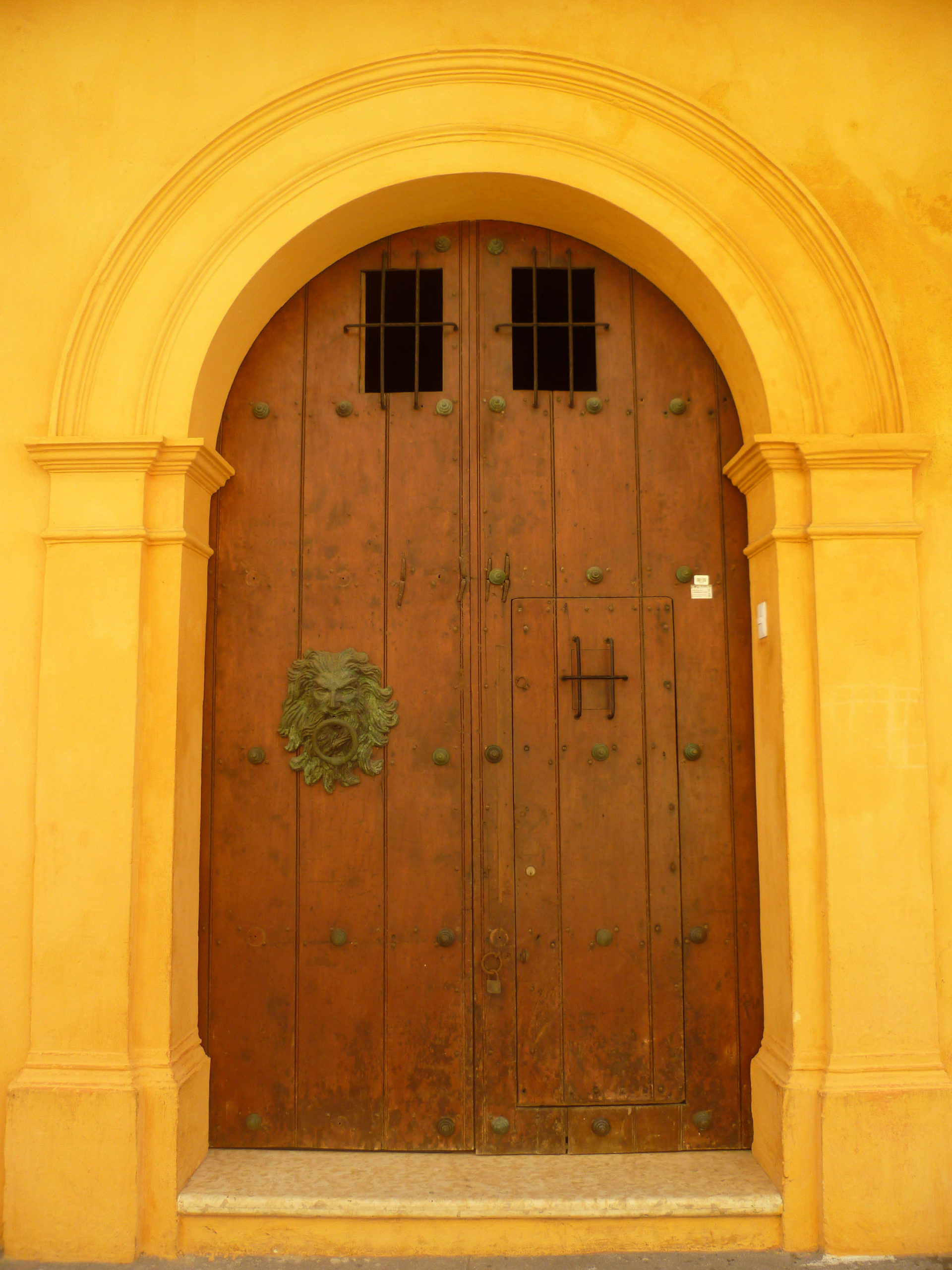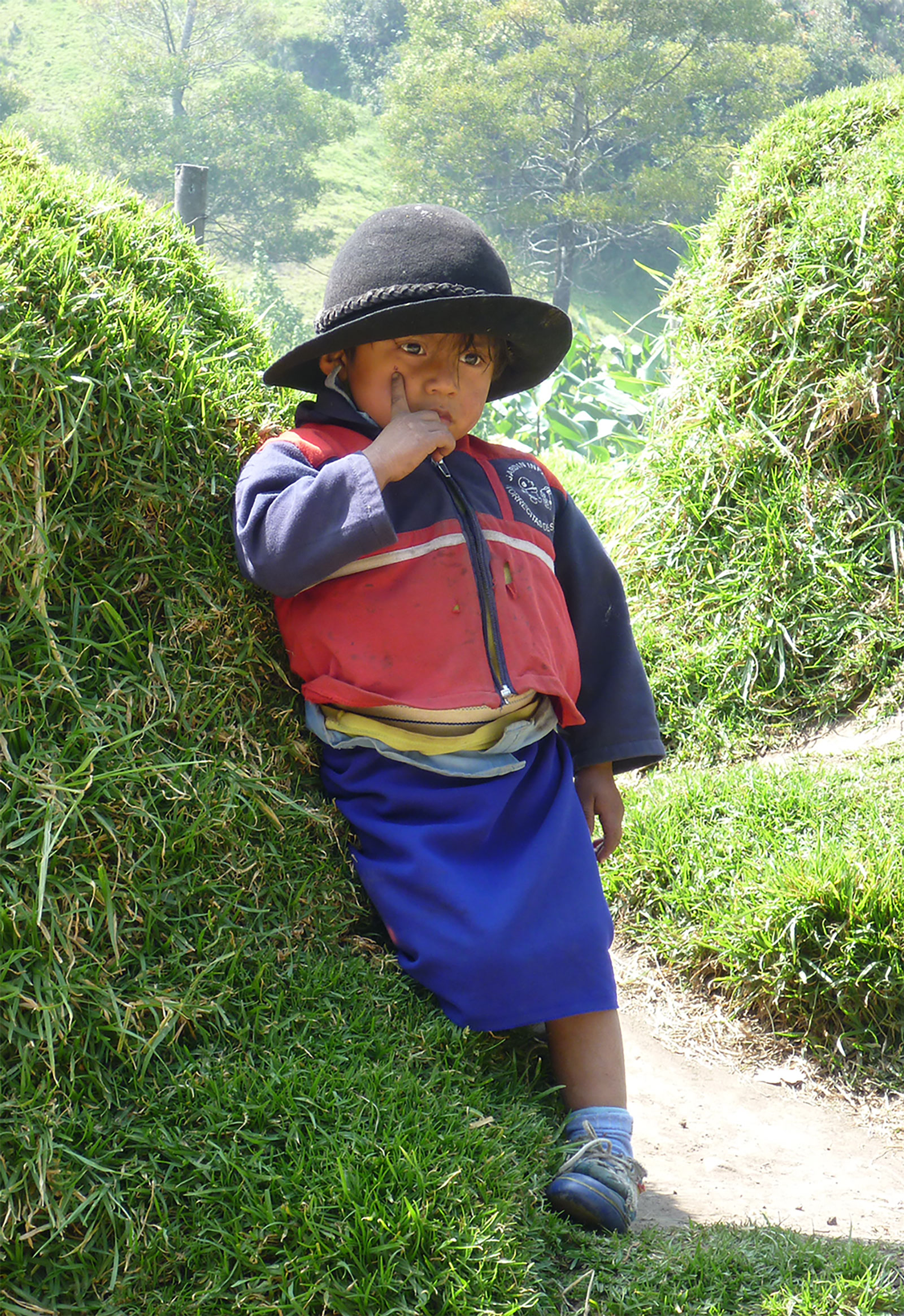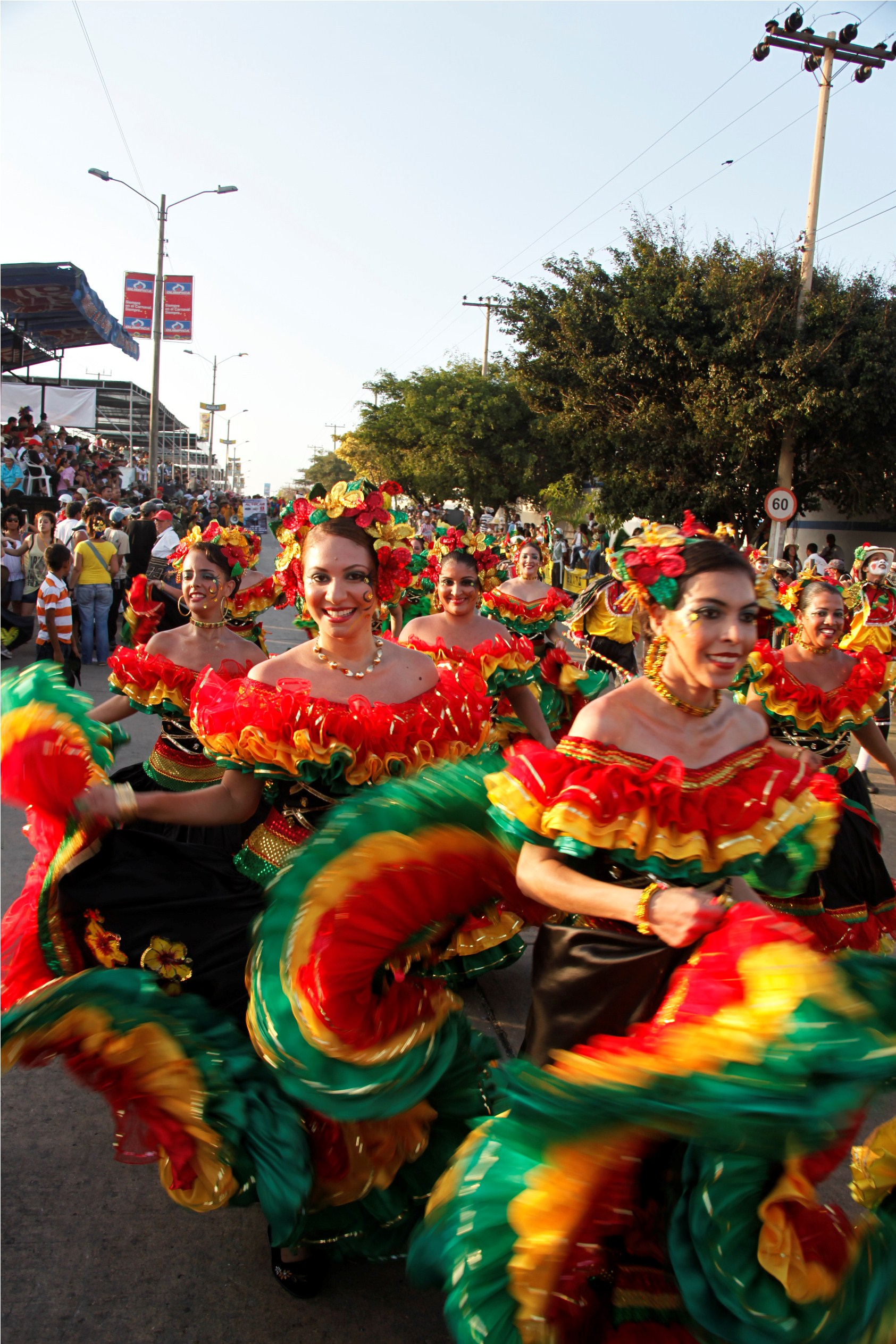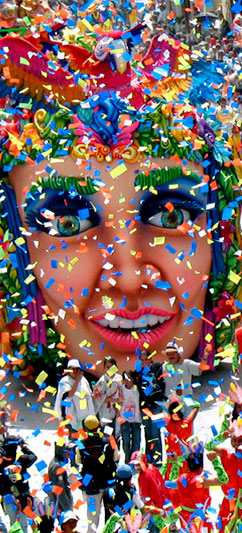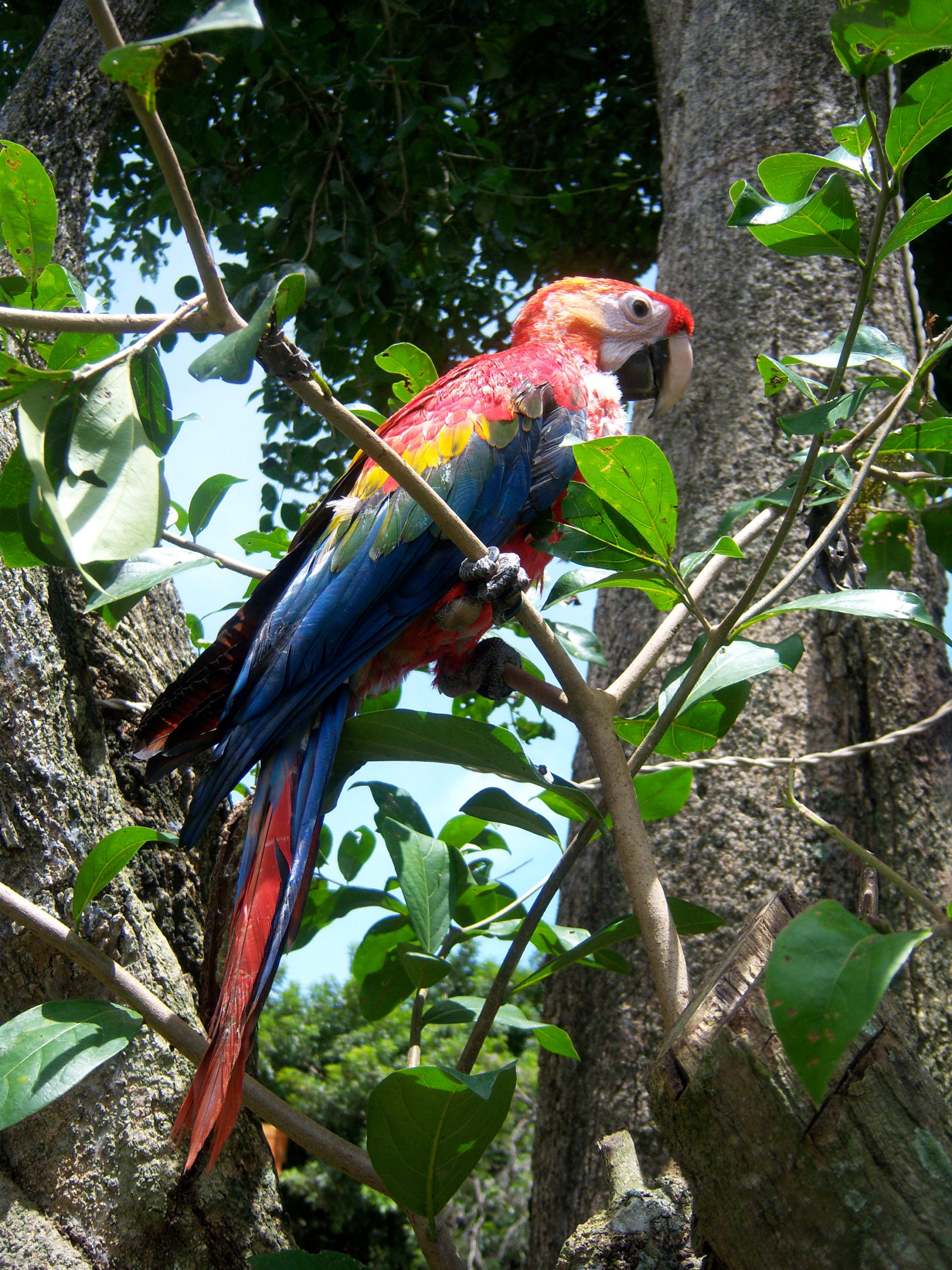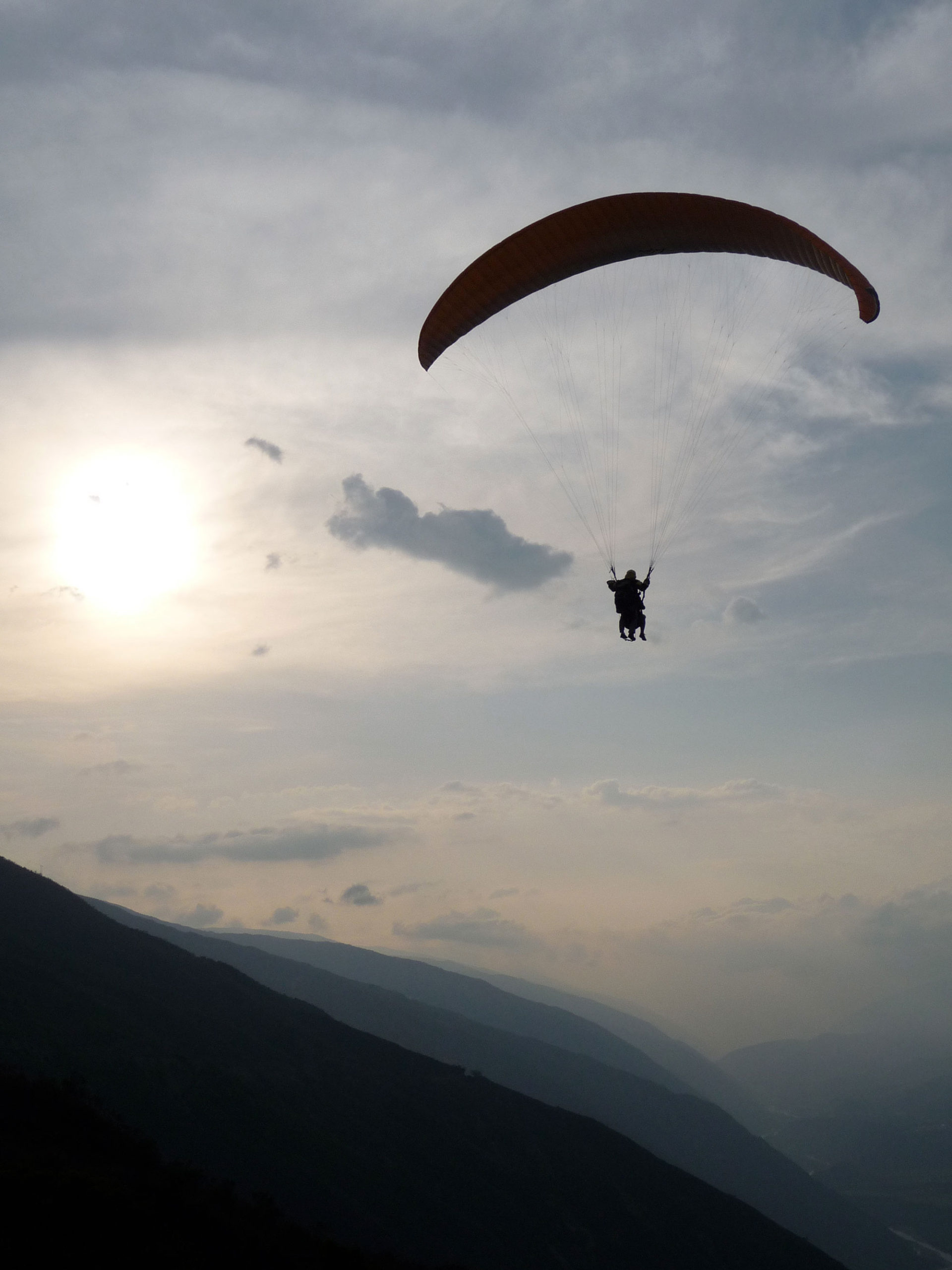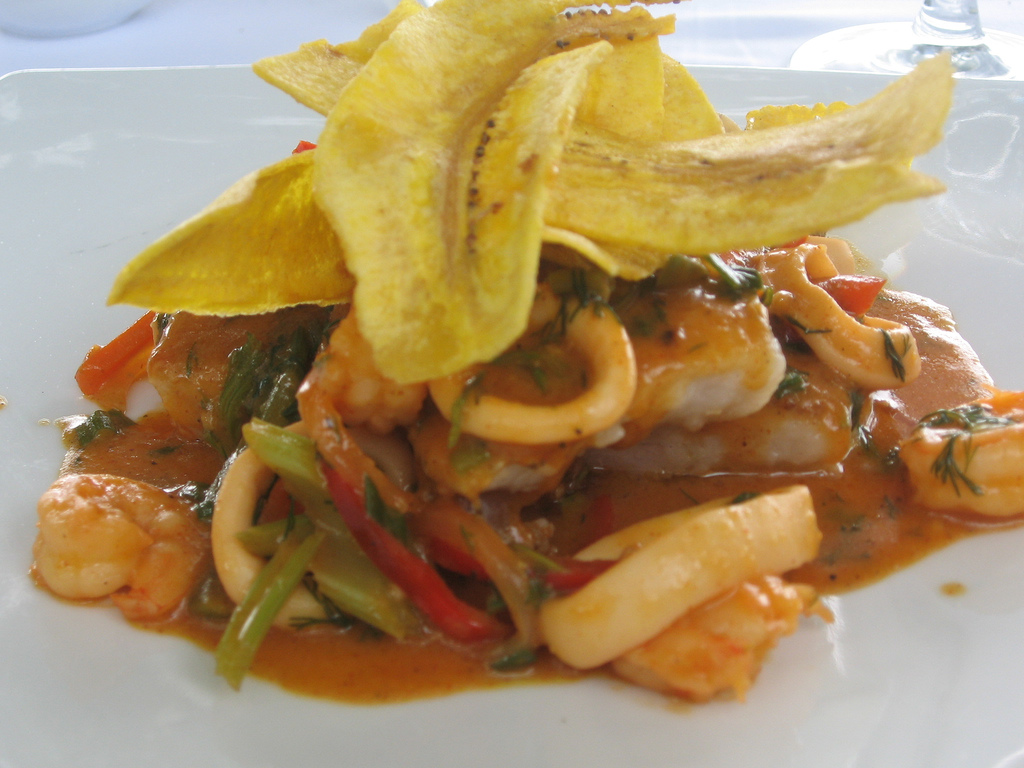Welcome to Colombia!
Frequently overlooked by the majority of travelers, Colombia is still a widely unknown touristic destination. Nevertheless, all the elements of the charming South American continent are combined in the Colombian territory, which offers the traveler a fascinating natural paradise characterized by one of the most diverse ecosystems in the world: it features three monumental Andean ranges running from south to north through the western half of the country up to the Caribbean coastal lowlands. It also holds the fertile Cauca and Magdalena Valleys, the basin of the Orinoco River, and the vast tropical forests in the Pacific and Amazon areas.
Travelers will also have the chance to learn about the impressive pre-Columbian culture through the San Agustín sculptures and the fantastic gold work exhibition at the Gold Museum in Bogotá. The Spanish architecture from Colonial times, which is found all over the place, tells about a legacy which is both rich and tragic.
The great hospitality and friendliness of the Colombian people, along with the beauty and magical-multicolored landscapes will make of your visit to this country an unforgettable experience.
La Ruta Natural builds all of its tours in accordance with the safety regulations of embassies around the world, and the Ministry of Tourism of Colombia regarding the transit of foreign tourists in Colombia.
We are committed to providing the traveler with tourist plans that allow them to experience the great diversity of the country, along with a sound touristic infrastructure, and always based on the essential principles of responsible and respectful tourism, protecting local communities and the environment.
La Ruta Natural invites you to discover a new world!

